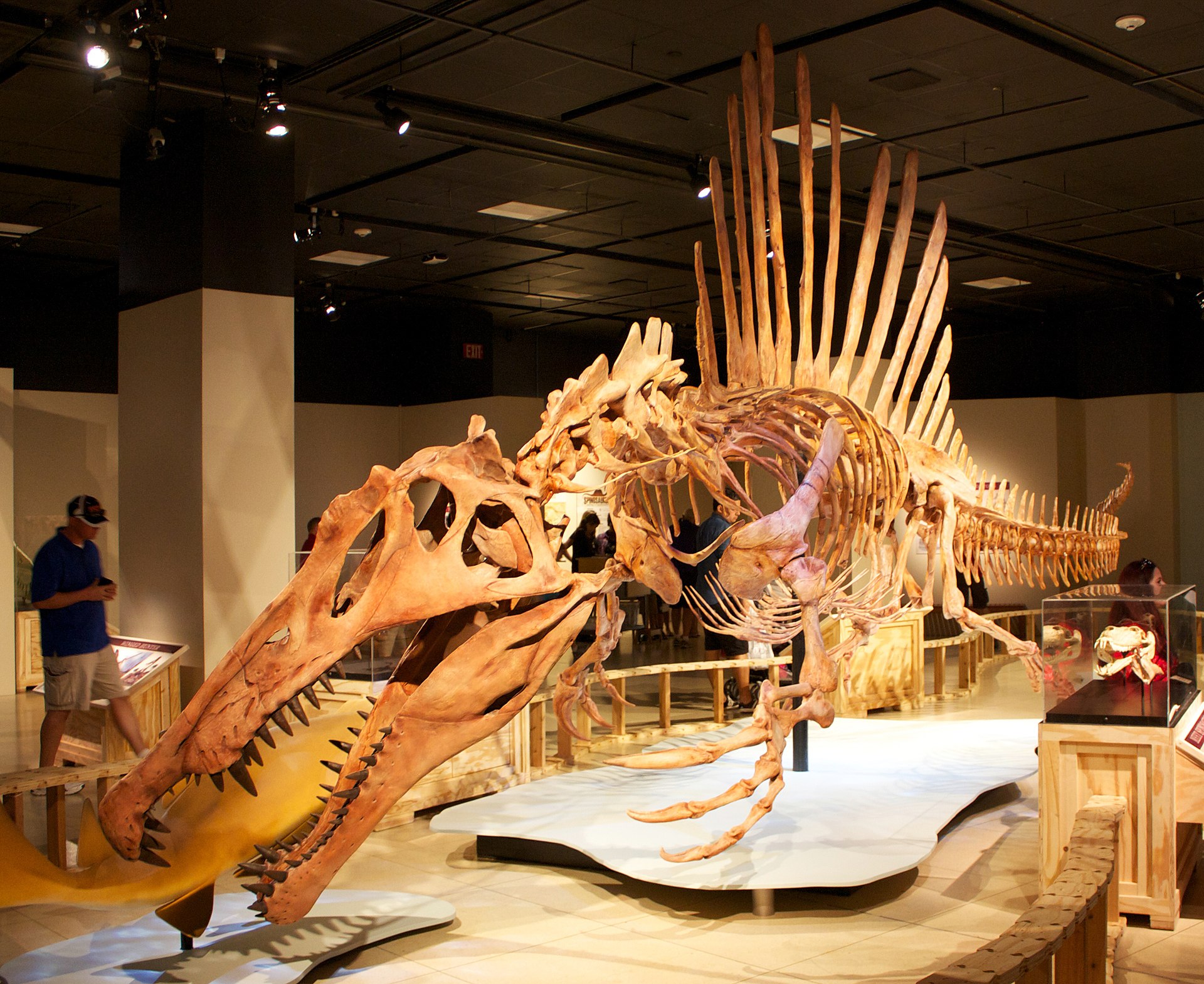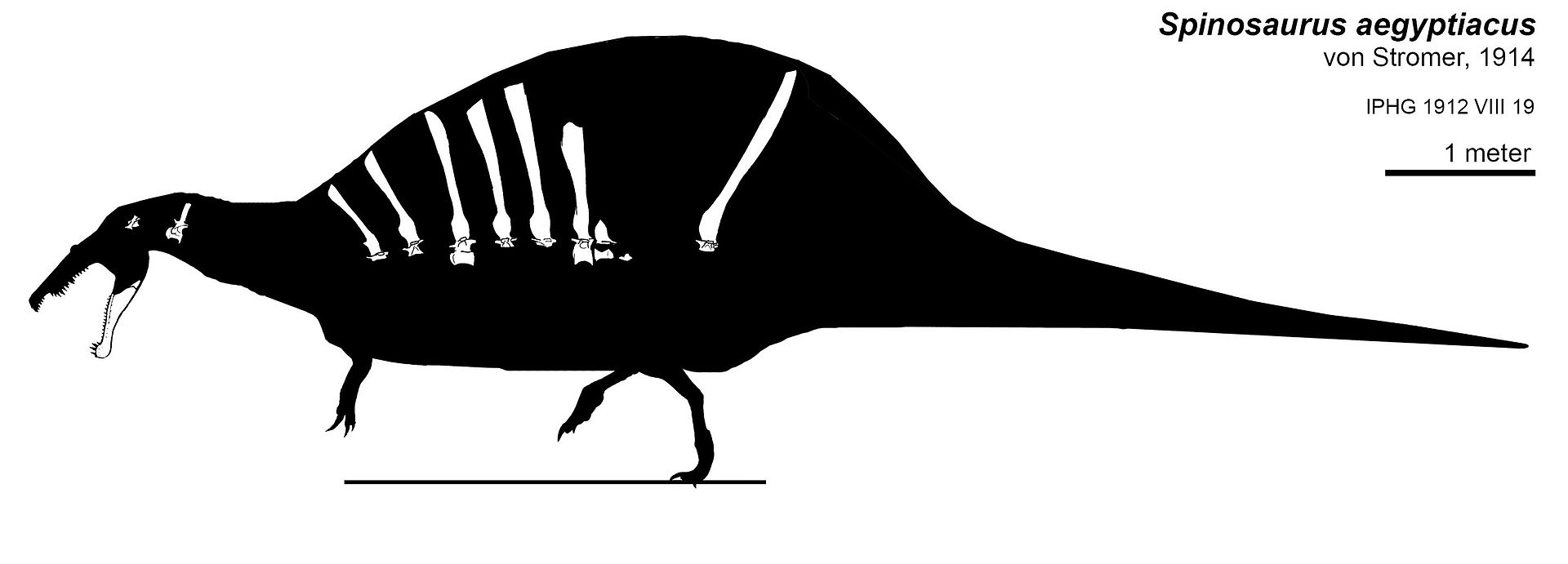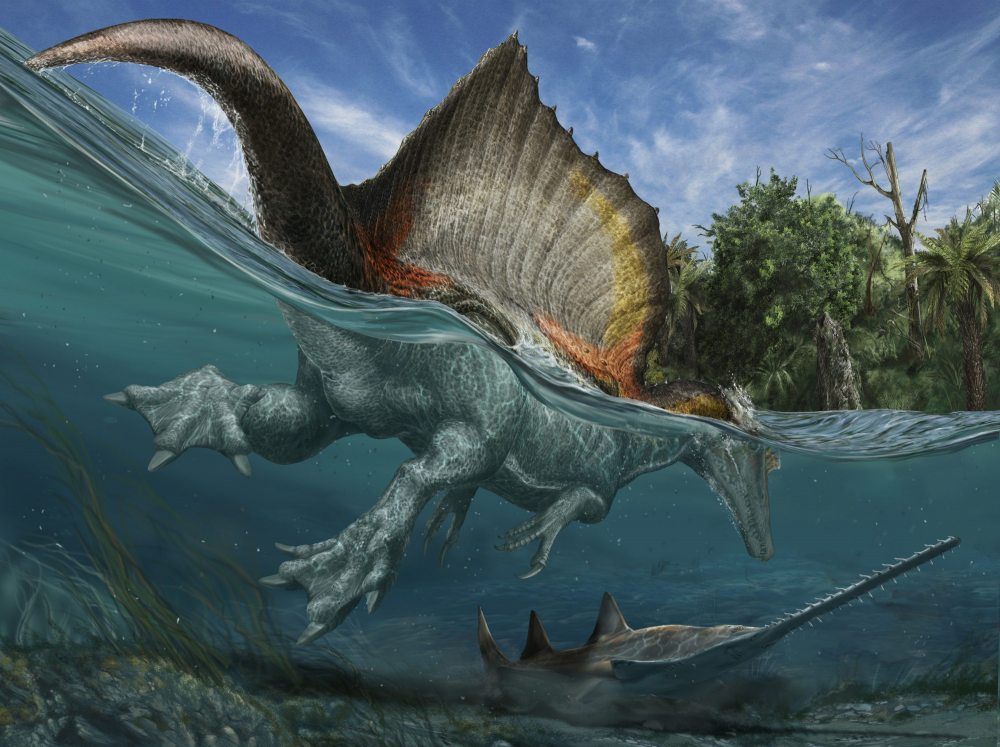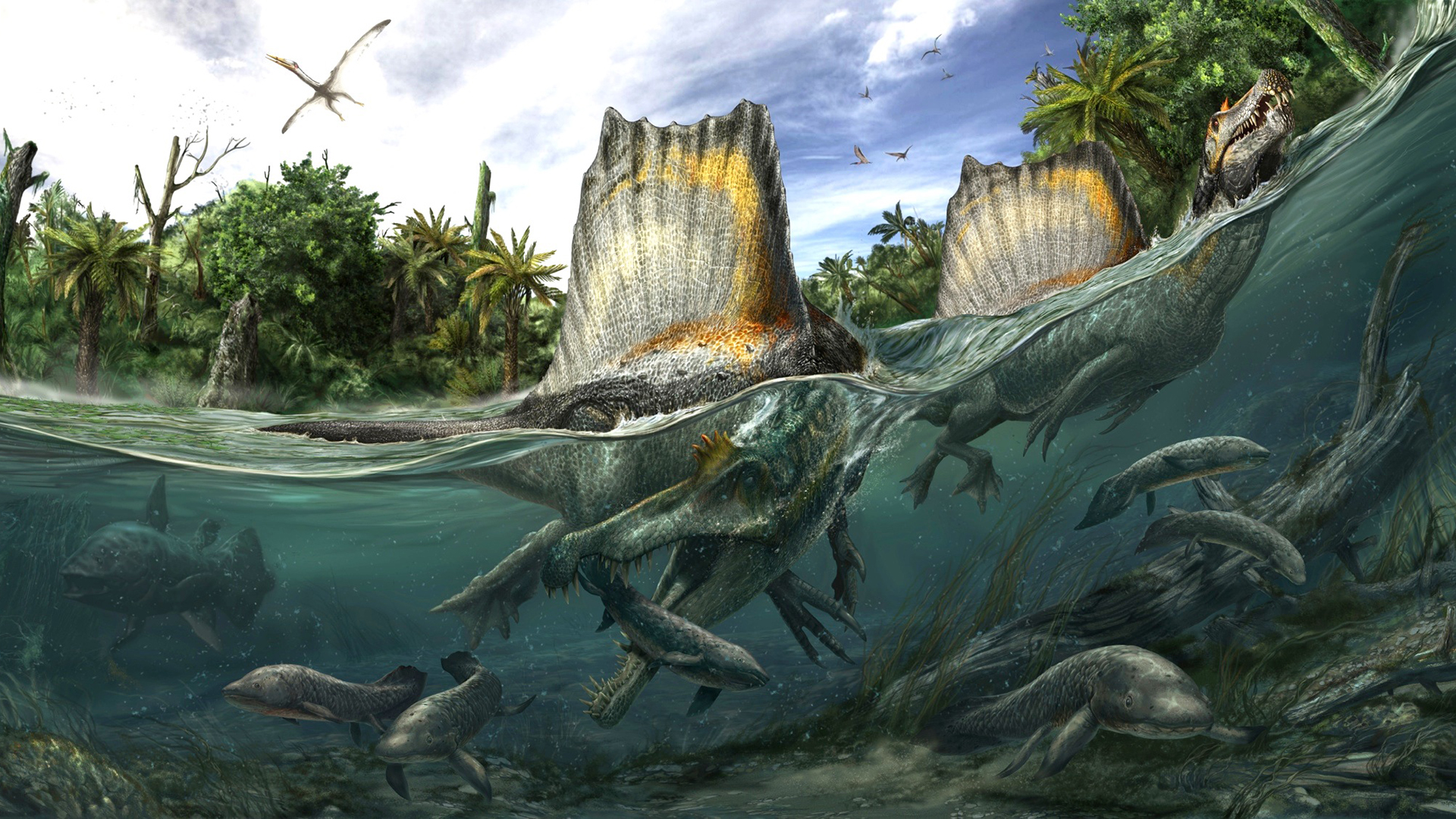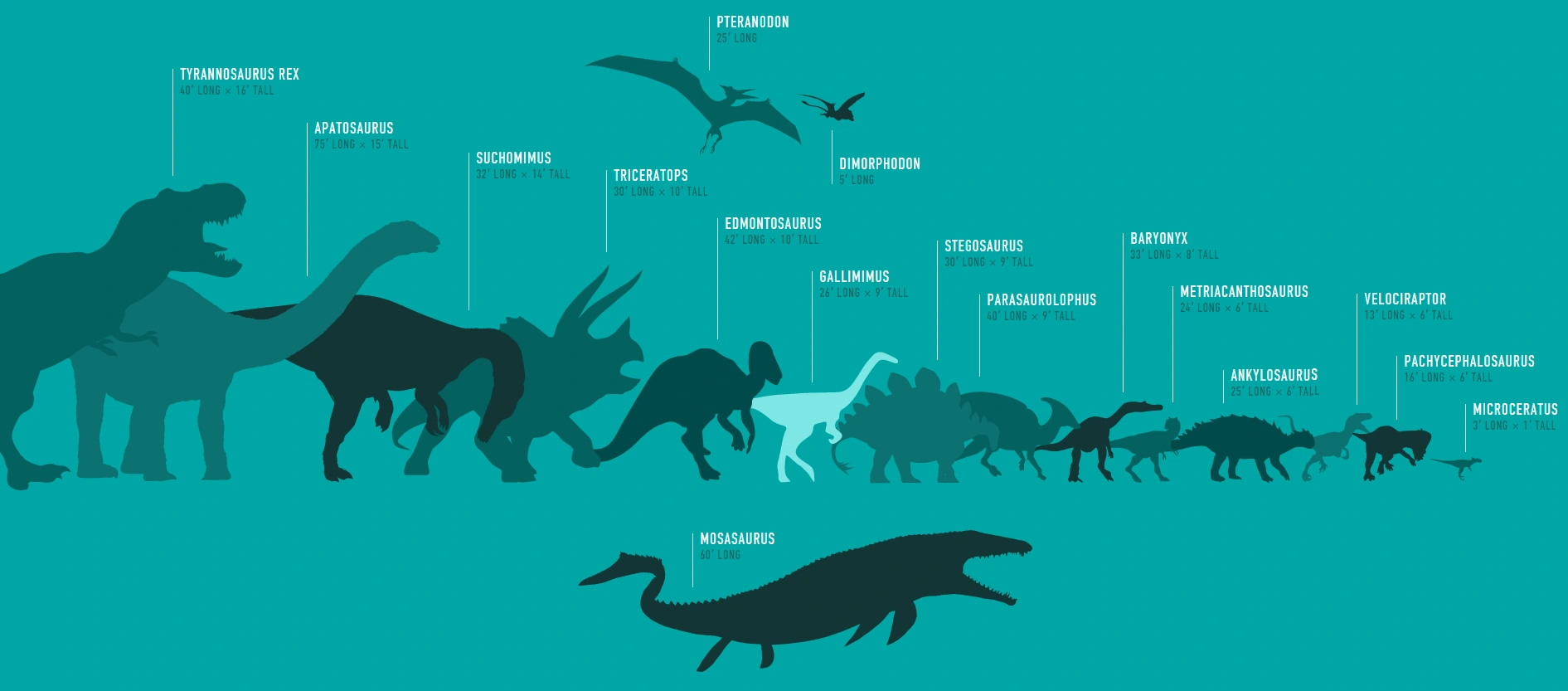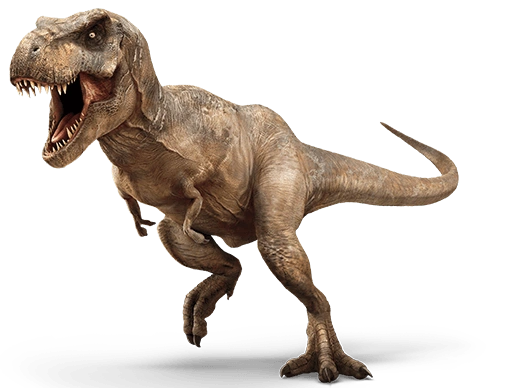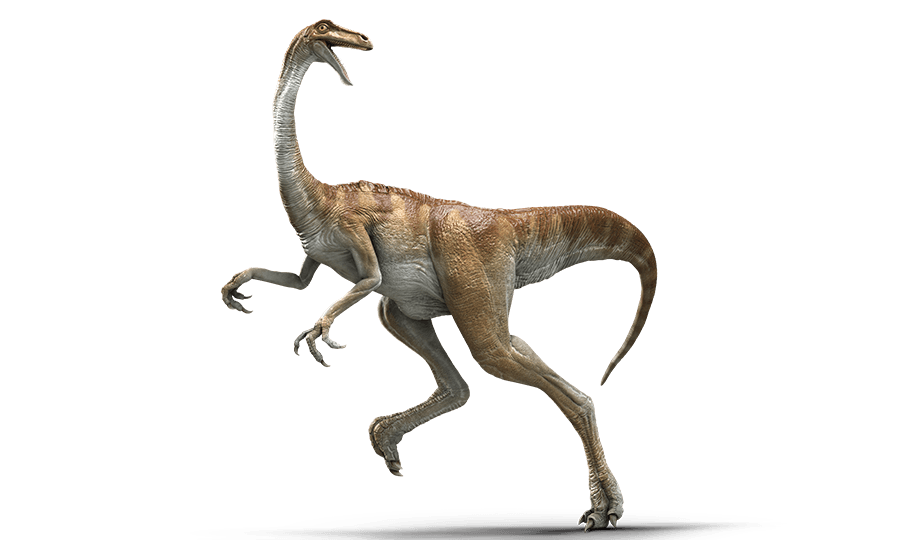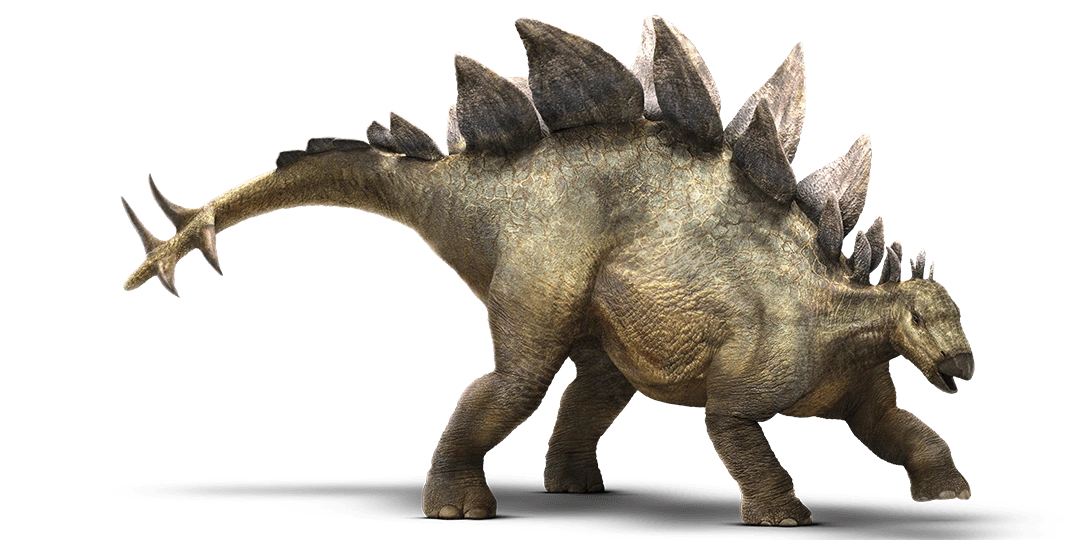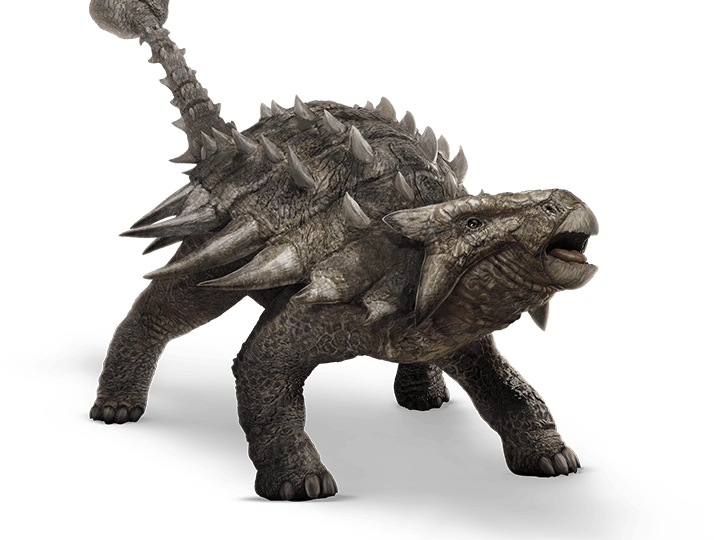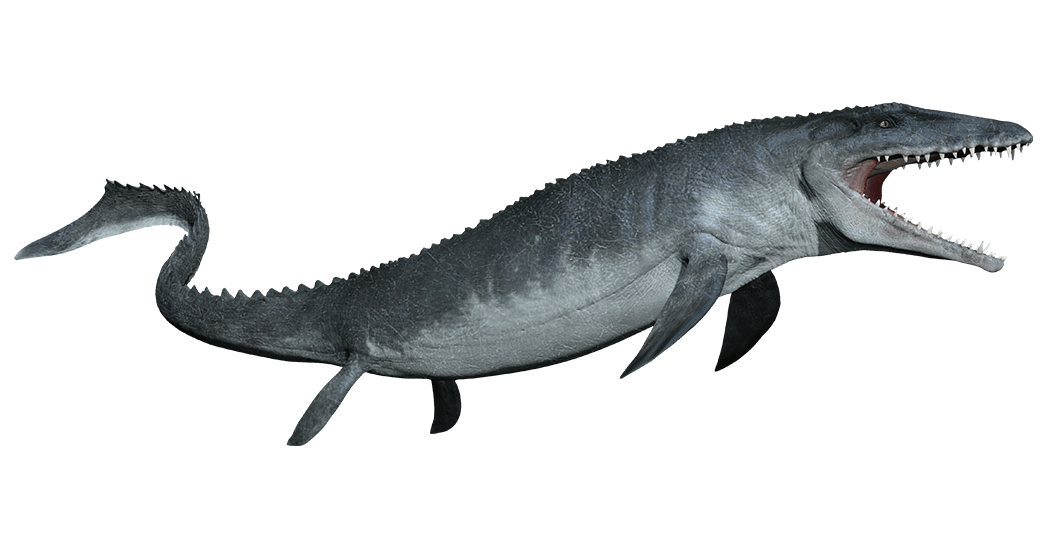Again, I had a very uneventful week. Yawn. But on the bright side, I have some awesome news to share about, you guessed it, Jurassic World!
Days till:
It is: 3 days till Groundhog's Day
It is: 15 days till St. Valentine's Day
It is: 17 days till President's Day
It is: 46 days till St. Patrick's Day
It is: 15 days till St. Valentine's Day
It is: 17 days till President's Day
It is: 46 days till St. Patrick's Day
In the Spotlight:
As promised, I have a lot to report on concerning the upcoming third sequel to Jurassic Park: Jurassic World! How exciting! First, off Lego is producing a JP game based on not only Jurassic World, but the other three movies as well. Here is their official description:"Following the epic storylines of Jurassic Park, The Lost World: Jurassic Park and Jurassic Park III, as well as the highly anticipated Jurassic World, LEGO Jurassic World is the first videogame where players will be able to relive and experience all four Jurassic films. The game will be available in June for the Xbox One, all-in-one games and entertainment system, the Xbox 360 games and entertainment system from Microsoft, PlayStation®4 and PlayStation®3 computer entertainment systems, PlayStation®Vita handheld entertainment system, the Wii U™ system from Nintendo, Nintendo 3DS™ hand-held system, and Windows PC."- Business Wire
You might recall that last week, I wrote an article about hybrids. Well, wouldn't you know it, we finally have some (officially revealed, this time) information on the terrifying Indominus rex hybrid from the upcoming movie! The Masrani Global Corporation website breaks the news this way:
As had been rumored, she is indeed a hybrid, but, get this, she isn't a hybrid between a cuttlefish, a snake, a T. rex and a Velociraptor as Joblo had led us to believe. It is actually a hybrid between four different species of theropod dinosaurs: Giganotosaurus, Carnotaurus, Majungasaurus, and Rugops, the latter three are members of the abelisauridae family. Though Indominus rex may look a little like a T. rex to some at first glance, the arms of this creature are longer, she has spines extending down her arms and neck and she bears a pair of horns on her head. Her aggression level is very high.
What the creature looks like, other than what we gathered from that leaked bunch of photos I refuse to show, is unknown. But we will be seeing more of her this summer. And don't worry, I am sure Indominus rex will be kept safely in her confinement throughout the entire movie and won't be chasing and eating people. After all, Jurassic World is 100% safe!...right?
Topic of the Week by Joy Hammond
I went out and searched for interesting animals on the internet, when I came across a fun and furry critter. It’s called the Angora rabbit. They are the oldest domestic animals that came from Turkey. They were considered royal pets in France. They eat a lot of hay and their personalities are very energetic. Their playful and enjoy other rabbits. They like toys such as pinecones, stuffed socks, and rubber balls.
"Today at Masrani, we have a fantastic announcement to make. Over the last three years, the brilliant minds at InGen, lead by the great visionary Dr. Henry Wu, have brought us a new attraction for Jurassic World – the likes of which have never been seen before. While I cannot reveal any important information behind its creation at this time, I can reveal the title of our finest endeavor: the Indominus Rex." - Simon MasraniThe Jurassic World viral site has even more information about this beast on its bio page. It states that currently, Indominus rex is a 40-foot, hyper-carnivore that can run up to 30 mph...in her enclosure!
As had been rumored, she is indeed a hybrid, but, get this, she isn't a hybrid between a cuttlefish, a snake, a T. rex and a Velociraptor as Joblo had led us to believe. It is actually a hybrid between four different species of theropod dinosaurs: Giganotosaurus, Carnotaurus, Majungasaurus, and Rugops, the latter three are members of the abelisauridae family. Though Indominus rex may look a little like a T. rex to some at first glance, the arms of this creature are longer, she has spines extending down her arms and neck and she bears a pair of horns on her head. Her aggression level is very high.
 |
| Behold, the long-awaited for: Indominus rex! |
 |
| Indominus rex, coming this summer to Jurassic World! |
I went out and searched for interesting animals on the internet, when I came across a fun and furry critter. It’s called the Angora rabbit. They are the oldest domestic animals that came from Turkey. They were considered royal pets in France. They eat a lot of hay and their personalities are very energetic. Their playful and enjoy other rabbits. They like toys such as pinecones, stuffed socks, and rubber balls.
 |
| The French Angora is the more bunny-like of the Angora rabbits. |
There
are five different types of Angora rabbits: American, French, German,
giant, and satin. American Angora Rabbit is like a stuffed animal. It is
gentle but needs grooming at least twice a week. French Angora rabbits
look like a sheep in a way. Its fur is used for sweaters, baby clothes,
and millinery. This rabbit can’t shed its fur like the rest so it has
to be sheered. Giant Angora rabbits are extremely fluffy; they need to
be sheered at least every 180 days to prevent hair clots that would end
up causing death if not treated. A satin angora is almost like a normal
rabbit, only a bit furrier.
 |
| The French Angora rabbit is definitely woolly! |
Another interesting animal is a Kiwa
hirsuta or the yeti crab. The crab is found in the Pacific Ocean. The
yeti crab was discovered in March 2006. It is seems to be blind and a
carnivore, although it eats bacteria. Its furry claws are one of the
best qualities about the yeti crab. The claws detoxify poisonous minerals in the sea, where it lives. The crab was discovered by Robert Vrijenhoek and his group in the Monterey Bay Aquarium Research Institute in Monterey, California.
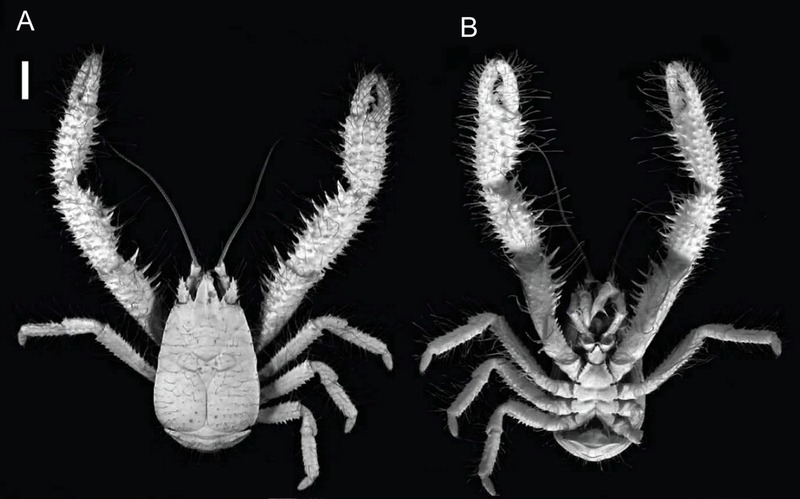 |
| The Yeti crab wasn't discovered until recently because it makes its home in the depths of the ocean near volcanic vents. |
One
last animal is the Leafy sea dragon. It is mostly found in the coasts
of Australia, one of my favorite countries/continents that I’d like to
visit. The sea dragon’s skin camouflages and makes it appear like
seaweed. It eats amphipods and mysid shrimp, plankton,
and larval fish. Leafy sea dragons have a major threat when their first
born. They are slow swimmers and sea dragons are also used in
alternative medicine. Dive into the ocean this summer and see the world
beneath the surface.
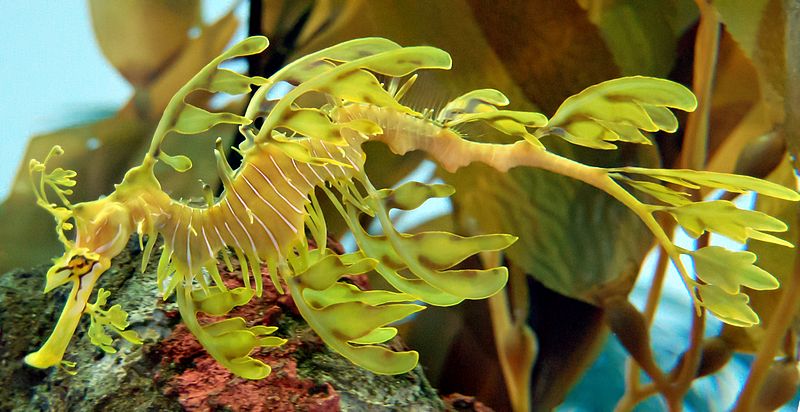 |
| The leafy sea dragon uses its leaf-like fins for camouflage. |
Thanks for reading
today's article. Please be sure to stop by next Thursday for some more
exciting information about nature and about upcoming movies! Good bye!
Disclaimer: Many (or in some cases all) of
the photographs and images above are not mine. If you own one or more of them
and would like them to be removed, politely let me know via one or both of the
email addresses above.







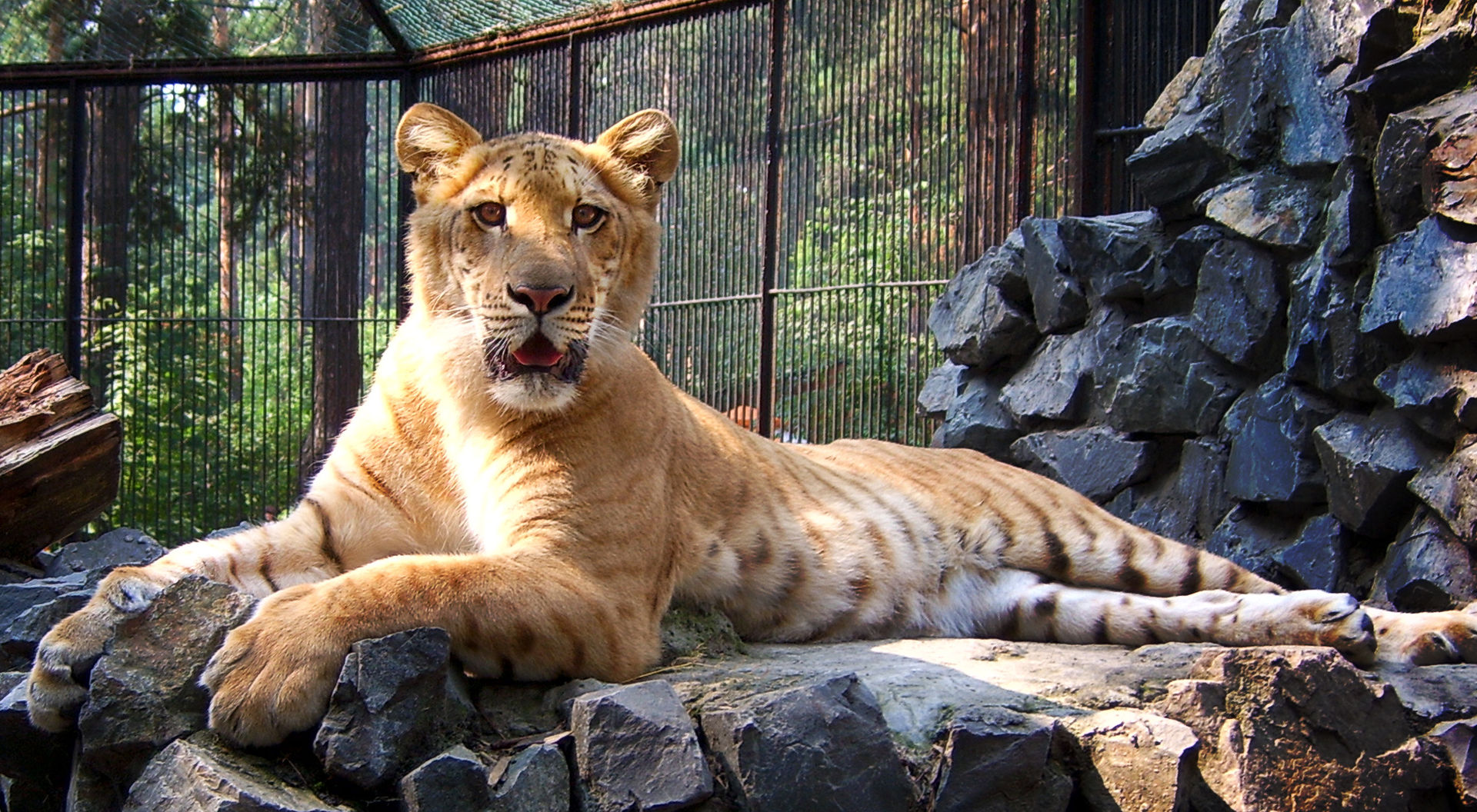

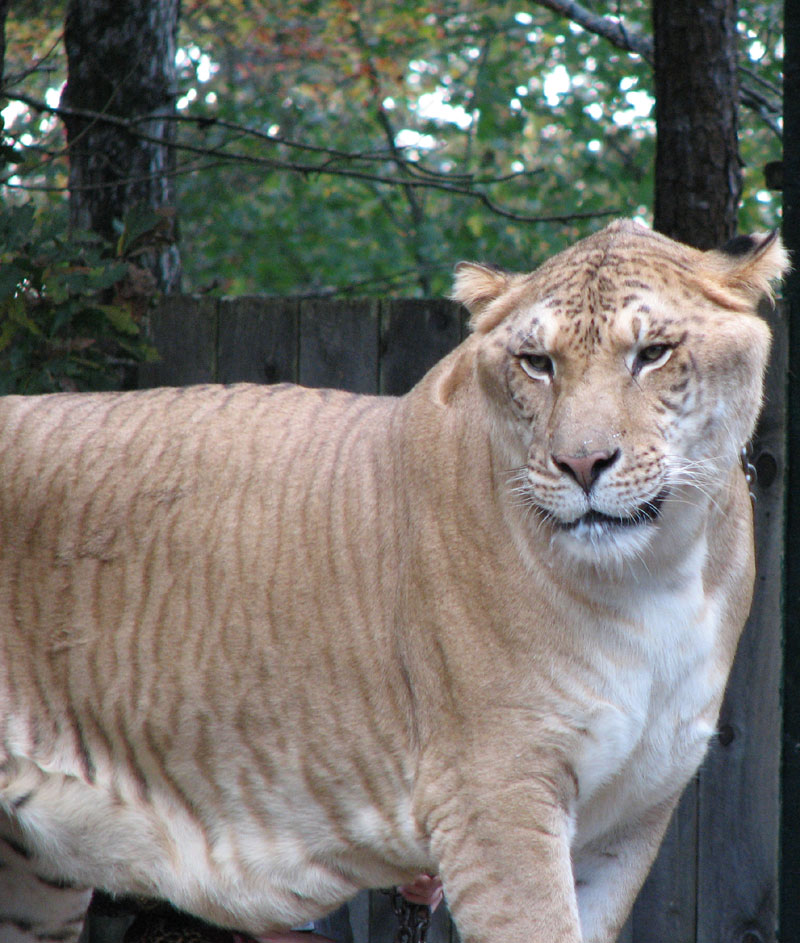
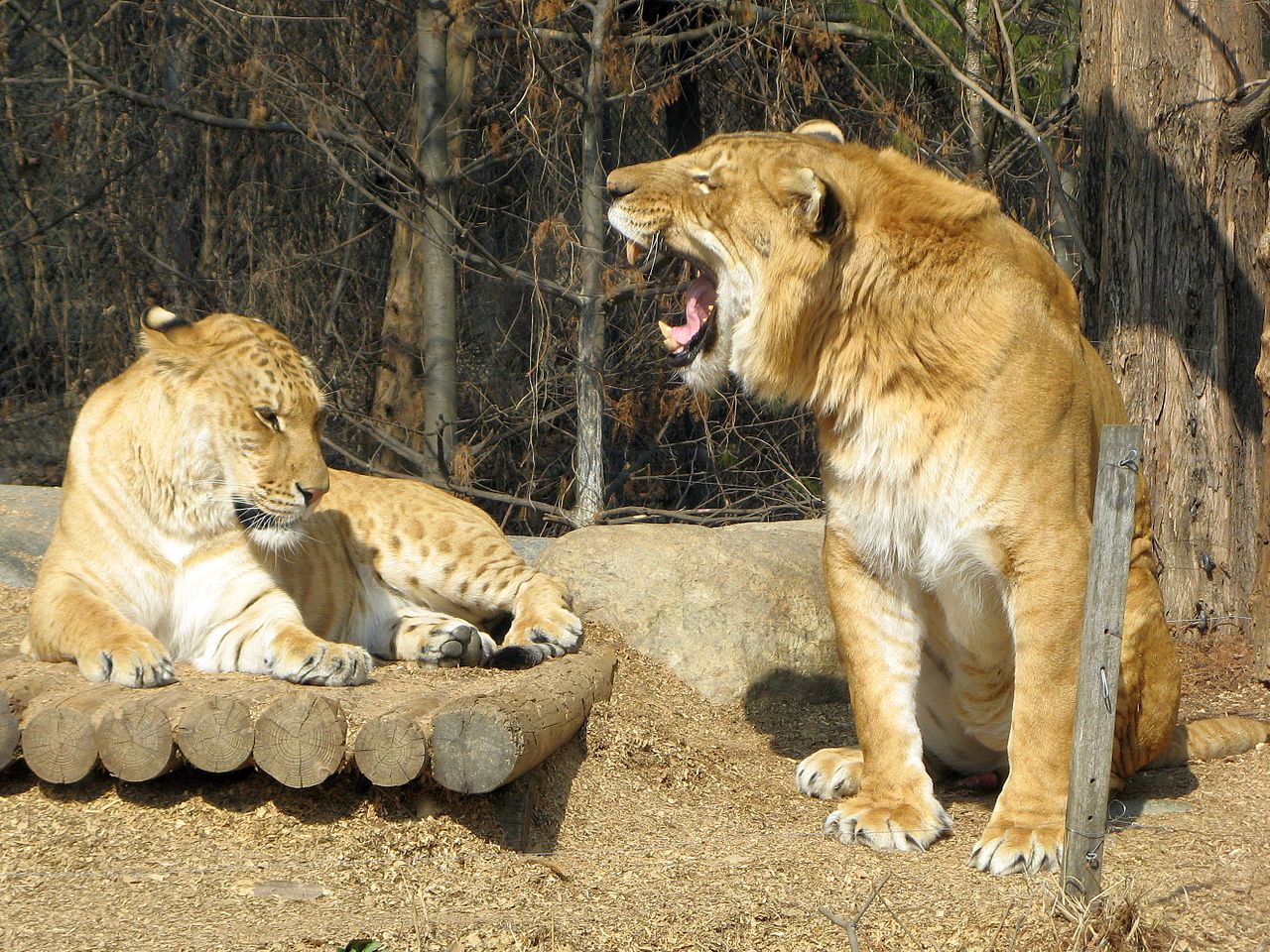

.jpg/800px-Mule_(1).jpg)




.jpg/800px-J_Pod_-_Killer_Bee_(by-sa).jpg)








